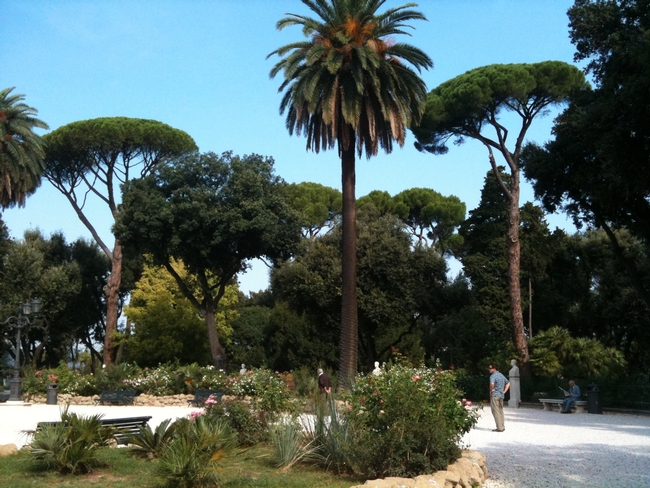- Author: Kathy Thomas-Rico
Earlier this month, I was lucky enough to spend two weeks touring Italy. It was a glorious trip, filled with pasta, wine, more pasta and more wine. When not eating and drinking, I made a point of noticing the flora. What I noticed was fascinating: What grows wild in Italy is largely the same as what grows wild right here in Solano County. No big surprise, really. We share the Mediterranean climate, and the regions we saw — from Rome to Bologna — are studded with farms and oak chaparral. It felt just like home.
There was one type of tree that stood out, however: the quintessentially Italian stone pines (Pinus pinea). I heard them called “Umbrella Trees” by a tour guide at the Roman Forum. The oldest of these trees stand quite tall, throwing their umbrella-like profile over the ruins in Rome and farmhouses in Tuscany. The trees are most often found along Italy’s two coastlines.

Stone pines are native to the Mediterranean region, and have been cultivated there for at least 6,000 years. The trees are slow growing, but can eventually reach 80 feet in height. Bushy when young, the umbrella-shaped canopy comes along in the trees’ middle age, and can be up to 200 feet in diameter. The cones of stone pines bear delicious pine nuts. Sadly, the western conifer seed bug (Leptoglossus occidentalis) was accidentally imported with timber to northern Italy in the 1990s. The pest has since spread across Europe, feeding on the sap of developing conifer cones. Its sap-sucking causes the developing seeds to wither. It has destroyed most of the pine nut seeds in Italy, and threatens Pinus pinea in its native habitats. Consequently, most pine nuts you see in stores are grown in China.
Lo and behold, stone pines do well in Solano’s climate zones. Before you plant one, check on the pests and disorders of pines in our region at http://www.ipm.ucdavis.edu/PMG/GARDEN/PLANTS/pine.html



